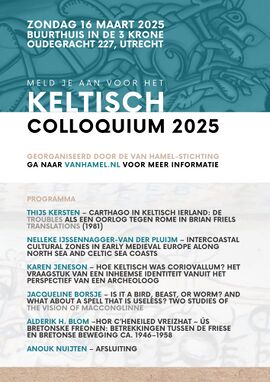Angers, Bibliothèque municipale, MS 18 Gallican psalter
- Latin
- s. ix1
- Continental manuscripts
- parchment
See more France, westFrance, west
See more Sens, Saint-RémiSens, Saint-Rémi
See more According to Leroquais, the MS was compiled at a Benedictine abbey in northern or western France. A prayer on f. 17v and invocation to the abbey (f. 174v) underline the Benedictine nature of the community, but it remains difficult to pinpoint any particular scriptorium. Some weight may be given to the special reverence paid to St Martin and St Remigius in a prayer on f. 168v. Certain elements, such as certain illuminations and the prayer to St Martin, may speak in favour of Tours or a centre associated with Tours, but the absence of any mention of Gatianus renders this less probable. Leroquais argues that the list of martyrs and confessors gives the impression of a monastery in the north or west of modern-day France and goes on to give the abbey of Saint-Rémi in Sens as a tentative possibility.
Links to texts use a standardised title for the catalogue and so may or may not reflect what is in the manuscript itself, hence the square brackets. Their appearance comes in three basic varieties, which are signalled through colour coding and the use of icons, , and :
- - If a catalogue entry is both available and accessible, a direct link will be made. Such links are blue-ish green and marked by a bookmark icon.
- - When a catalogue entry does not exist yet, a desert brown link with a different icon will take you to a page on which relevant information is aggregated, such as relevant publications and other manuscript witnesses if available.
- - When a text has been ‘captured’, that is, a catalogue entry exists but is still awaiting publication, the same behaviour applies and a crossed eye icon is added.
The above method of differentiating between links has not been applied yet to texts or citations from texts which are included in the context of other texts, commonly verses.
While it is not a reality yet, CODECS seeks consistency in formatting references to locations of texts and other items of interest in manuscripts. Our preferences may be best explained with some examples:
- f. 23ra.34: meaning folio 23 recto, first column, line 34
- f. 96vb.m: meaning folio 96, verso, second column, middle of the page (s = top, m = middle, i = bottom)
- Note that marg. = marginalia, while m = middle.
- p. 67b.23: meaning page 67, second column, line 23
Sources
Primary sources This section typically includes references to diplomatic editions, facsimiles and photographic reproductions, notably digital image archives, of at least a major portion of the manuscript. For editions of individual texts, see their separate entries.
Secondary sources (select)
External links
page url: https://codecs.vanhamel.nl/Angers,_Biblioth%C3%A8que_municipale,_MS_18
redirect: https://codecs.vanhamel.nl/Special:Redirect/page/55298
numerical alternative: https://codecs.vanhamel.nl/index.php?curid=55298
page ID: 55298
page ID tracker: https://codecs.vanhamel.nl/index.php?title=Show:ID&id=55298




